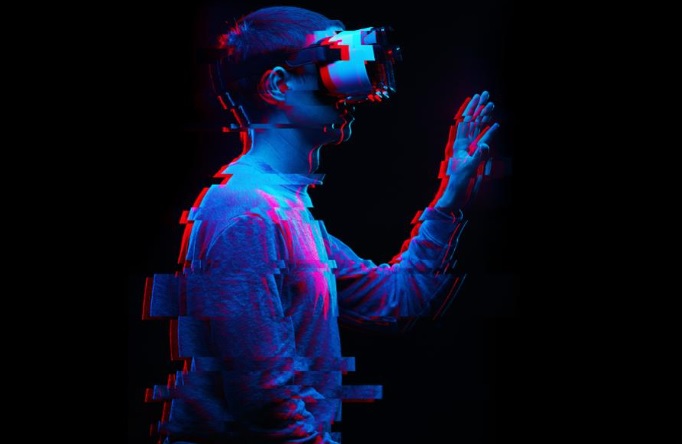
The technological developments can take you a decade ahead. Can you imagine how it would be? Extended reality an umbrella term for technologies like augmented reality, virtual reality, and mixed reality that can combine physical and virtual worlds so swiftly. In the next few years, you might be able to do things, you cannot even imagine right now, all thanks to the extended reality technologies. In the next two years, the XR market is expected to grow eight times what it is now.
What is Extended Reality?
You have a brief idea that XR or extended reality is the canopy holding augmented reality, virtual reality, and mixed reality but there’s more to come in the near future. These technologies extended the reality we experience by either combining virtual and real worlds or by creating an immersive experience. Let us understand each of the existing technologies to understand extended reality better.
Augmented Reality
Augmented Reality overlays virtual information and objects over the real world which results in enhancement of the real world. This is done with the use of digital details like images, text, and animation. Experiencing augmented reality is not something unachievable. You can experience the same on smart devices such as AR glasses or via screens, tablets, and smartphones. With Augmented Reality, you can see and interact with everything without being taken away from the real world. The best examples are Pokemon Go.
Virtual Reality
Unlike augmented reality, users are fully isolated from the real world to experience virtual reality. Users are made to engage in a simulated digital environment and are required to put on a VR headset or head-mounted display to get a 360 -degree view of an artificial world that tricks the brain to see things shown in the display. Virtual reality is widely being used in the field of gaming and entertainment and however, has extended to industries like healthcare, construction, engineering, the military, etc.
Also Read: What Is The Difference Between Virtual Reality And Augmented Reality?
Mixed Reality
Like the name says, both the digital and real-world objects co-exist and can interact among themselves in real-time. This is the latest technology that comes under the umbrella of extended reality. Mixed reality is often referred to as hybrid reality. The users need an MR headset and MR involves a lot of processing power than the other two. Microsoft’s HoloLens is an excellent example of the same. With mixed reality, you can place digital objects in the room and can throw it around and interact in a certain way. This technology is being taken up for solving problems, supporting initiatives, and making their businesses grow better.
Application of Extended Reality
- Extended Reality is widely being used in the retail market in the form of try and buy. You can try on watches and jewelry for yourself digitally before you buy. Similarly, furniture companies are making use of extended reality to give you a look at how a piece of furniture would look at your home.
- Training purposes are being fed by the extended reality to a great extent. Training tools for soldiers, health care professionals, pilots/astronauts, chemists, etc. are being produced by fabricating situations. This helps them learn to pan out solutions and be responsive to any kind of situation.
- With a culture of work from home rising throughout the world, extended reality has a huge hand in making it easier. Workers can connect to their office or home office and feel like everything is in the same room, even if they are seven seas apart.
- Engaging potential customers through extended reality is the new trend in marketing.
- In real estate, it is easier to get clients (buyers or tenants) by giving them a look of the space already even if they are miles apart.
- The entertainment industry has huge advantages from extended reality and is still exploring more.
What are the challenges involved?
Extended Reality may give you a new and different experience, but the data that is put into being really sensitive. It involves personal data of users, which also has to be protected. Moreover, the cost of implementation of extended reality is too much and has to slide down at some point in time for more companies being able to adopt it.
Along with this, wearable devices that allow extended reality applications not only have to be fashionable and comfortable, but also be up and running with full connectivity all the time. There are a lot of other challenges to be fixed as well.
With every passing day, the issues are getting resolved with more and more technical advancements so that a rise in the number of applications of all the extended reality technologies can be seen in the future.







Leave a Reply